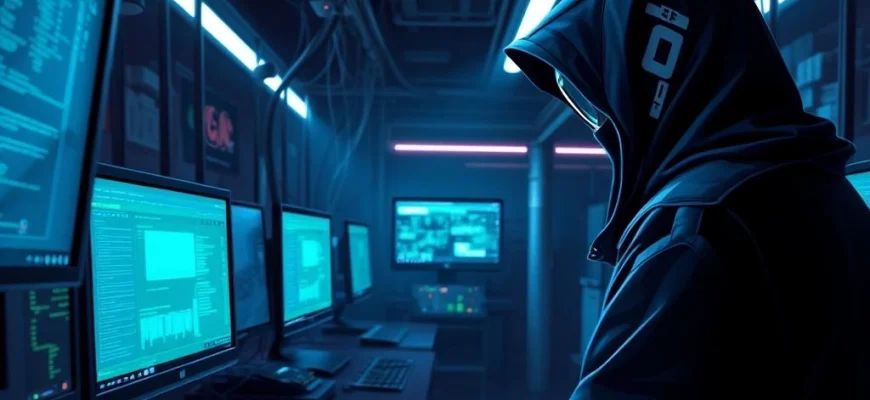If you loved the thrilling cyber-conspiracy of 'The Net' (1995), you're in for a treat! This article explores 10 gripping movies and shows that share its themes of digital paranoia, identity theft, and high-stakes hacking. Whether you're a tech enthusiast or just love a good suspense story, these picks will keep you on the edge of your seat.
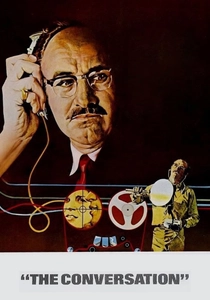
The Conversation (1974)
Description: A psychological thriller that delves into the paranoia and ethical dilemmas surrounding surveillance. The story revolves around a surveillance expert who becomes obsessed with a recording, leading to a tense and thought-provoking narrative about privacy and morality.
Fact: The film won the Palme d'Or at the 1974 Cannes Film Festival. Its sound design was highly innovative, using overlapping dialogue and ambient noise to create a sense of realism.
 Watch Now
Watch Now 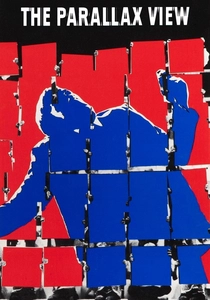
The Parallax View (1974)
Description: A chilling political thriller that delves into conspiracy and paranoia, as a journalist investigates a shadowy organization. The film's themes of hidden power structures and the manipulation of truth align with the reference's narrative.
Fact: The movie is often cited as one of the best conspiracy thrillers of the 1970s. Its iconic 'Parallax Test' sequence has been studied for its innovative editing and psychological impact.
 Watch Now
Watch Now 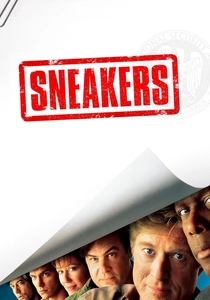
Sneakers (1992)
Description: A clever blend of heist and tech thriller, this movie follows a team of security experts who are drawn into a dangerous game of espionage. The story highlights the power of information and the ethical implications of technology, much like the reference.
Fact: The film features an early depiction of hacking and computer security, which was relatively unknown to the general public at the time. The script was workshopped with real-life hackers to ensure accuracy.
 Watch Now
Watch Now 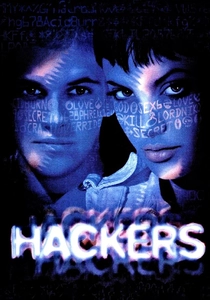
Hackers (1995)
Description: A cult classic that captures the early days of hacking culture, blending cyberpunk aesthetics with a youthful rebellion against authority. The film's focus on digital freedom and the subversion of systems aligns closely with the themes of the reference.
Fact: The movie's visual style, including its use of CGI to represent cyberspace, was groundbreaking for its time. Many of the hacking techniques depicted were based on real-world exploits.
 Watch Now
Watch Now 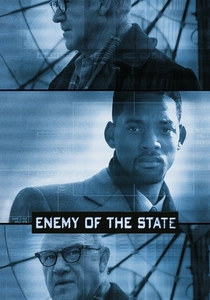
Enemy of the State (1998)
Description: A gripping thriller that explores themes of surveillance, government conspiracy, and the vulnerability of personal privacy in the digital age. The protagonist, much like in the reference, finds himself entangled in a web of high-tech espionage and must use his wits to survive.
Fact: The film's portrayal of surveillance technology was considered cutting-edge at the time, and many of its concepts have since become reality. It was initially conceived as a sequel to 'The Conversation' but evolved into a standalone story.
 Watch Now
Watch Now 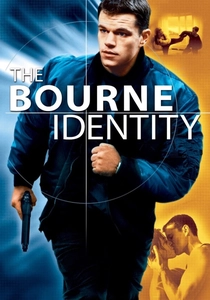
The Bourne Identity (2002)
Description: A fast-paced espionage thriller that follows an amnesiac protagonist uncovering a conspiracy tied to his past. The film's use of technology for surveillance and identity manipulation resonates with the reference's themes.
Fact: The movie is based on the 1980 novel of the same name by Robert Ludlum. It spawned a highly successful franchise, with several sequels and spin-offs.
 Watch Now
Watch Now 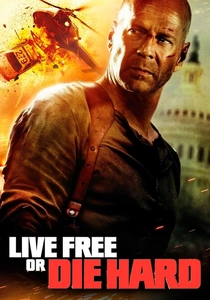
Live Free or Die Hard (2007)
Description: An action-packed thriller that pits a lone hero against a sophisticated cyber-terrorist plot. The film's emphasis on the vulnerability of critical infrastructure to hacking mirrors the reference's themes of technological peril.
Fact: This was the fourth installment in the 'Die Hard' series and the first to focus heavily on cyber-terrorism. The film's title is a reference to the New Hampshire state motto.
 Watch Now
Watch Now 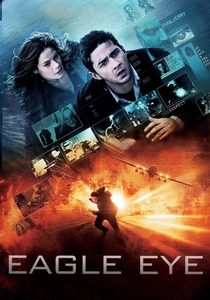
Eagle Eye (2008)
Description: A suspenseful thriller about two strangers coerced into a series of dangerous tasks by an omnipresent, AI-like entity. The film explores themes of surveillance, control, and the ethical limits of artificial intelligence.
Fact: The movie's concept was inspired by real-world advancements in AI and surveillance technology. It was one of the first mainstream films to depict the potential dangers of autonomous systems.
 Watch Now
Watch Now 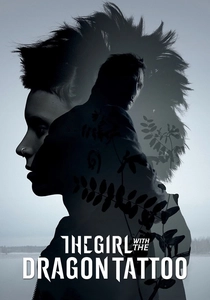
The Girl with the Dragon Tattoo (2011)
Description: A dark and intense thriller that combines investigative journalism with cybercrime. The protagonist, a skilled hacker, uncovers a web of corruption and violence, showcasing the power of technology to expose hidden truths.
Fact: The film is based on the bestselling novel by Stieg Larsson, which was part of a posthumously published trilogy. The Swedish original version was released in 2009 and also gained critical acclaim.
 Watch Now
Watch Now 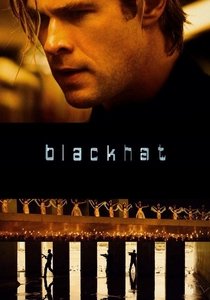
Blackhat (2015)
Description: A high-stakes cyber-thriller that follows a convicted hacker enlisted to track down a dangerous cybercriminal. The film explores the global reach of cybercrime and the blurred lines between justice and vengeance.
Fact: The movie's production was notable for its extensive research into real-world cyber threats, with consultants from the cybersecurity industry contributing to the script. It was one of the first major films to depict the concept of cyber warfare.
 Watch Now
Watch Now 
